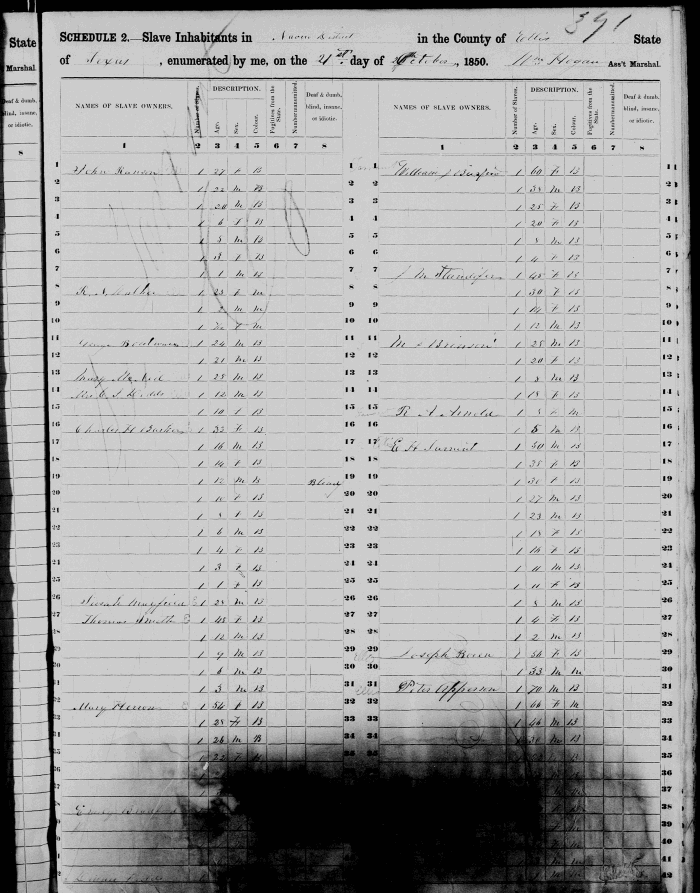This story originally ran on cleveland.com and in The Plain Dealer on Dec. 15, 2019.
America just learned what nearly everyone who has spent time in Afghanistan already knew. The war has been an 18-year, $2 trillion folly.
On Monday, The Washington Post published documents obtained through the Freedom of Information Act that are much like The Pentagon Papers of the Vietnam era. The trove comes from a “Lessons Learned” investigation by the Special Inspector General for Afghan Reconstruction. It includes thousands of pages of interviews with government officials.
The Lessons Learned report is meant to prevent the military from repeating the mistakes of history. The irony is that we already have.
I read Barbara Tuchman’s 1985 classic The March of Folly: From Troy to Vietnam on a broken mattress in my Kabul bedroom, huddled near a wood stove in the mountain winter in 2013, during the year I spent as a war correspondent for Stars and Stripes.
Tuchman’s book examined how governments have started wars that every reasonable observer could see would lead to ruin. She described how halls of power become echo chambers, where admission depends on agreeing, at least outwardly, with the party line.
Her observations about America’s occupation of Vietnam were so directly applicable to everything I saw in Afghanistan that they made me want to scream.
Tuchman wrote, “The folly consisted not in pursuit of a goal in ignorance of the obstacles but in persistence in the pursuit despite accumulating evidence that the goal was unattainable.”
In Afghanistan, it wasn’t just that the goal was unattainable. Nobody even knew what the goal was.
“What are we trying to do here?” wondered Douglas Lute in one interview.
Lute ran the Afghanistan war effort for President George W. Bush starting in 2007, then served as the Obama administration’s Senior Coordinator for Afghanistan and Pakistan until 2010. If he couldn’t tell what we were trying to do, who could?
Story after story in international media came out around the time I was in Afghanistan that made it impossible to believe we were defending the “good guys.” Afghan government judges put women fleeing domestic violence and forced marriages in jail. Government-allied commanders raped girls and boys with impunity, some on U.S. military bases. Afghan Local Police shook down frightened villagers for funds. A general accused of war crimes became vice president after an election riddled with fraud.
American support for those rigged elections recall the 1963 U.S.-backed overthrow of South Vietnamese President Ngo Dinh Diem.
“For the defenders of democracy to conspire with plotters of a coup d’état, no matter how cogent the reasons, could not be hailed in the history books as the American way,” Tuchman wrote. “It was a step in the folly of self-betrayal.”
Meanwhile, the American government dissembled, manipulating metrics and trying to keep negative stories out of the press.
Military minders attempted to block me from visiting Kajaki Dam, a magnet for Taliban attacks, because they said it was too dangerous, and skirmishes were occurring in the area daily. But the military publicly classified less than 4% of Afghanistan’s 325 districts as having “high insurgent activity.” Kajaki wasn’t one of them.
Retired general Michael Flynn (of Mueller Report fame), told interviewers that “every single operational commander … came in [to Afghanistan] and said the situation was not like they thought it, and when they left that they had defeated the enemy; we have convinced the population and helped the population.”
“Really?” Flynn asked the interviewers rhetorically. “So if we are doing such a great job, why does it feel like we are losing?”
One Army colonel described how rosy representations meant to boost careers fed into a collective disconnection from reality. “[W]e became a self-licking ice cream cone,” he told investigators.
“Each of the services and major commands manipulated the news in the interests of ‘national security,’ or to make itself look good, or to win a round in the ongoing interservice contest, or to cover up mistakes or glamorize a commander,” Tuchman wrote.

An American Stryker vehicle and an Afghan with a machine gun during an American patrol in Panjwai district, 2013. (Cid Standifer)
On one assignment, an American officer stormed into the office where I sat with my U.S. military minder, venting his frustrations about the Afghan military. When the public affairs officer cut him off to tell him I was a journalist, he pleaded with me not to quote him. “Our” goal, he told me, was to portray the alliance in a positive light to boost morale. I reminded him that my goal as a journalist was to tell the truth.
The American military’s blinkered optimism in press statements was a punchline to most reporters. When we talked about rampant corruption or successful Taliban assaults, someone might throw his fists in the air and shout, “We’re winning!”
I don’t take lightly the American lives that have been lost, or the additional Afghan lives that will be lost when we leave. After NATO pulls out, the country could fall into a brutal civil war like the one that followed Soviet withdrawal in the 1990s. Good people will be caught in the middle – including Afghans who worked for America.
I hope we do a better job keeping our promises to them than we did the Vietnamese allies left on the roof of the Saigon embassy.
The report makes it clear we are only delaying that day, not averting it. And everyone running the show knows it.


